Villamanrique de la Condesa, gateway to Doñana and prelude to El Rocío
Villamanrique de la Condesa, a Sevillian town imbued with the spirit of El Rocío, is located right next to Doñana Natural Park. Legend has it that a local hunter found the icon of Our Lady of El Rocío inside a tree. This event has marked the lives and feeling of this town from that moment. Visit the Folklore Interpretation Centre to learn about the essence and history of Villamanrique, the ancient Tartessian settlement of Mures. Do not miss the Paso de Hermandades procession to El Rocío, which has been declared a festival of Andalusian Tourist Interest. However, above all, enjoy the unique, natural location.
Nature tourism is an invaluable asset in Villamanrique de la Condesa. Horse riding, hiking and cycling are but a few of the activities you can practice while exploring and admiring Doñana National Park’s unique landscape.
This town, prelude to El Rocío, boast an excellent cuisine. Sample the typical local dishes, such as carne sancochá or tostón con sardinas. You can also admire the traditional local crafts on display at the Feria del Turismo y Tradiciones del Entorno de Doñana, including hand-embroidered Manila shawls and leatherwork.
Villamanrique de la Condesa, a town where nature, history, popular tradition and gastronomy are its hallmark.
Getting to Villamanrique de la Condesa
By car from Seville, take the A-49 motorway until exit 16 and enter the A-473 motorway. This route will take you through Benacazón, Aznalcóllar and Pilas before reaching your destination.
Villamanrique de la Condesa does not have a train station. The closest station is Benacazón where the C5 line from Santa Justa Station in Seville stops. From here, you have to take a taxi to get to your destination.
If travelling from Seville by bus, take the daily M-169 line to Pilas-Villamanrique at Plaza de Armas Bus Station.
Getting around
The best way to explore Villamanrique de la Condesa is to stroll through its beautiful streets and large squares. You can easily get around this small town without getting tired. You can also go horse riding, hiking and cycling in Doñana National Park.
Reasons to visit
- Experience the Paso de Hermandades, the main festival in May when the pilgrims leave the town on their way to El Rocío. The festival has been declared of Andalusian Tourist Interest.
- Visit the El Rocío Pilgrimage Folklore Interpretation Centre to learn about all things related to this pilgrimage that started at Villamanrique eight centuries ago.
- Other must-see events include the Feria del Turismo y Tradiciones del Entorno de Doñana in April, where you can admire leatherwork, ironwork and embroidered handicrafts, and the Campeonato Internacional de Yuntas y Carreteros.
- Visit the Asociación de Tamborileros, where you will learn to play the traditional rociero drum. The musicians who play for various Rocío confraternities learnt their craft at this association. You can also go to the Asociación de Boyeros, where they hone their skills to handle the oxen pulling the wagons correctly and the simpecados rocieros, embroidered standards.
- Admire the hand-embroidered Manila shawls in the workshop of Ángeles Espinar, who was awarded the Gold Medal for Merit in Fine Arts for her contribution to preserving this Andalusian tradition.
- You must try the rosas de miel, a typical sweet that the Manriqueños take with them on their pilgrimage to El Rocío.
- The people who inhabited the Guadalquivir marshlands lived in marisemeña huts. Although only a few remain, it has become fashionable to own one. So do not be surprised if you see a local who owns one for recreational and leisure purposes.
What to see
Villamanrique’s social life is centred at the Plaza de España, where the town’s main church, Santa María Magdalena Church stands. Behind the square is the Orleans Palace, where the mother of emeritus King Juan Carlos I was raised. Although the building is closed to the public, you can admire the gardens.
From the moment you arrive in town, you will feel the rociero feelings in the air. While walking through the streets, you will see on some buildings beautiful quotes that include the word ‘Rocío’. These verses and phrases are taken from world literature. Visit the century-old Casa Hermandad, home to the El Rocío Pilgrimage Folklore Interpretation Centre with a rich collection of ethnographic material about the history of this pilgrimage. It also has on display relics from the ancient Tartessian settlement of Mures.
Did you know that the bullfighter Pascual Márquez was born in Villamanrique de la Condesa? The town has paid tribute placing a statue in his honour in the street where the bullfighter was born. The street also bears his name. The Manila shawl embroidery workshop Ángeles Espinar, which was awarded the Gold Medal for Merit in Fine Arts, is also located here.
To end your visit, go to the Dehesa Boyal Visitor Centre, where you will be offered horse riding, 4x4, walking or cycling routes through Doñana National Park. Choose the one you like most and discover this protected area’s unique landscapes.
Places to visit
- Santa María Magdalena Church
- Pascual Márquez Statue
- Orleans Palace
- Dehesa Boyal (where many confraternities spend the night), murals and the monument to Our Lady of El Rocío
- El Rocío Pilgrimage Folklore Interpretation Centre
- Guadiamar Green Corridor
- Doñana National Park
Surroundings
Villamanrique de la Condesa is 38 kilometres from Seville, in the southwest of the province. In the heart of Doñana National Park, its beautiful scenery consists of marshlands and pine forests. Indeed, this is one of Europe’s most important protected areas.


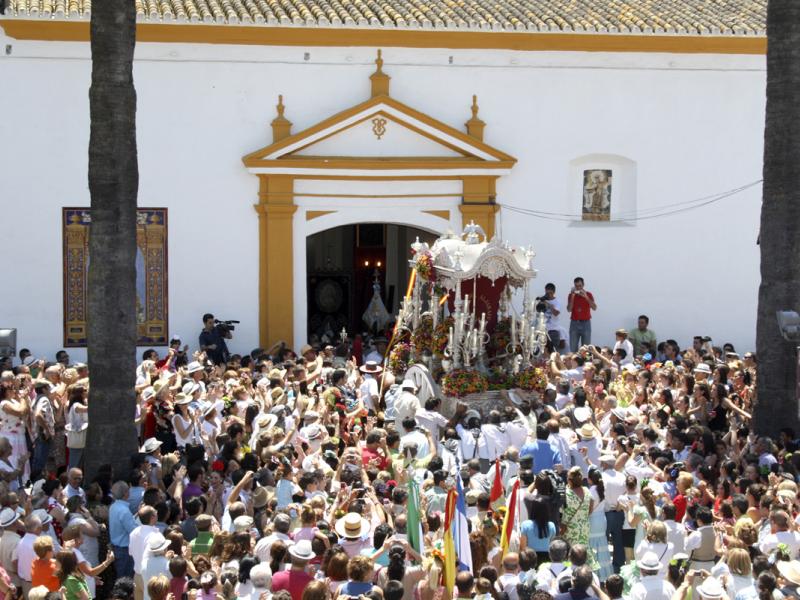
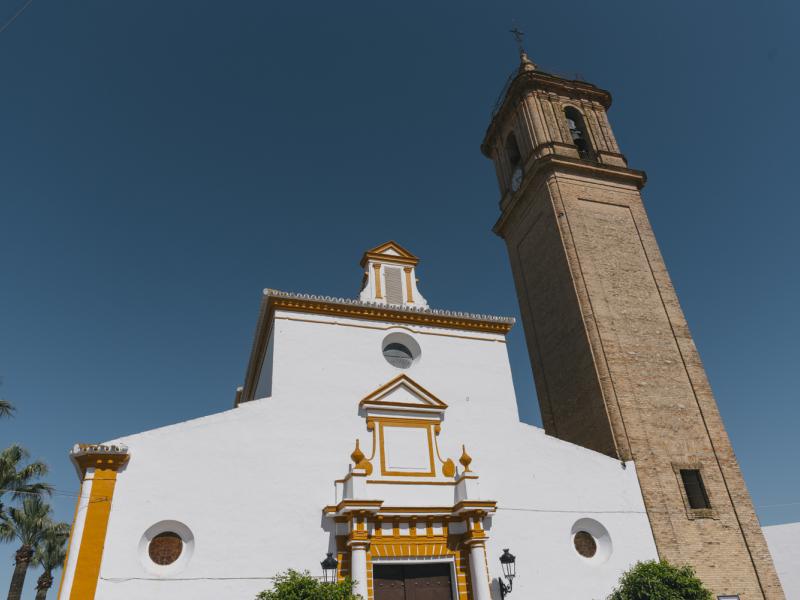
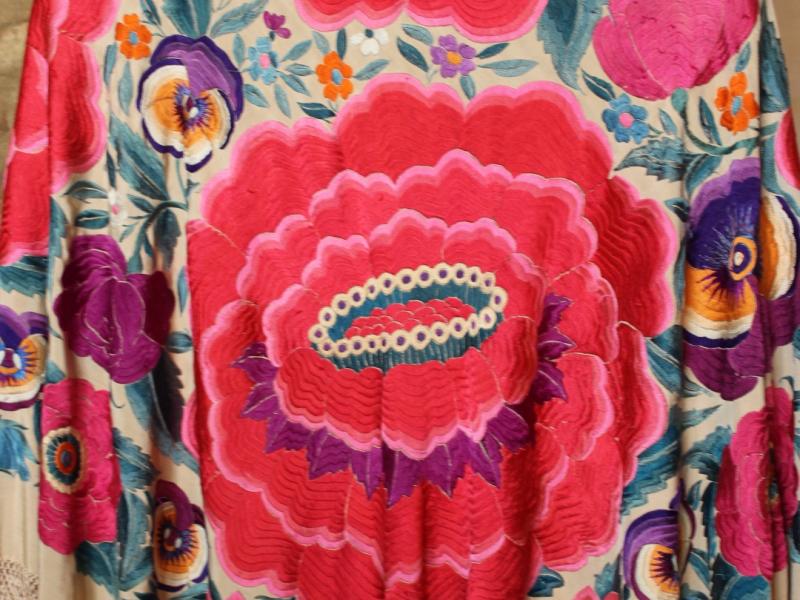
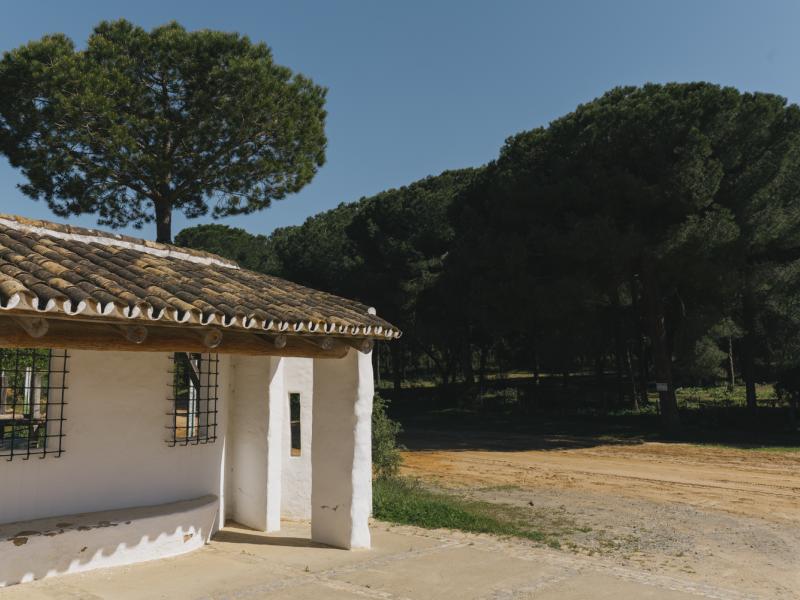
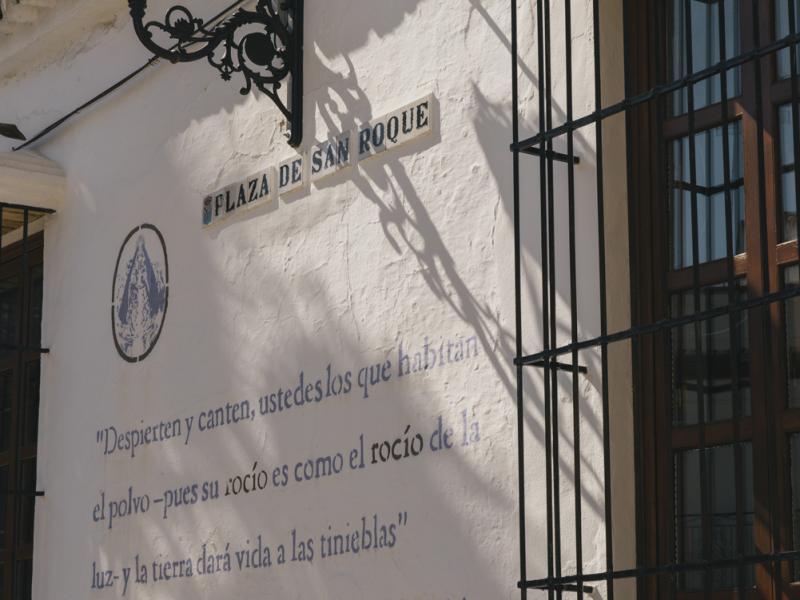
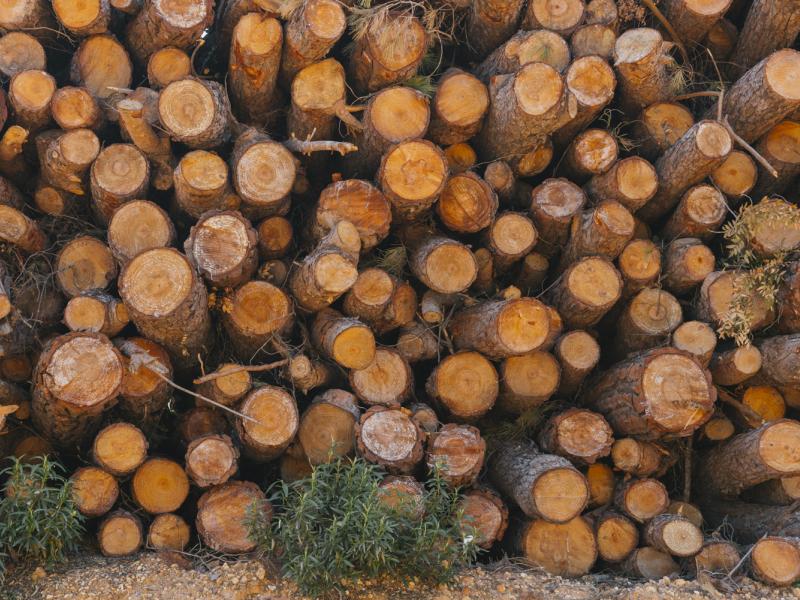
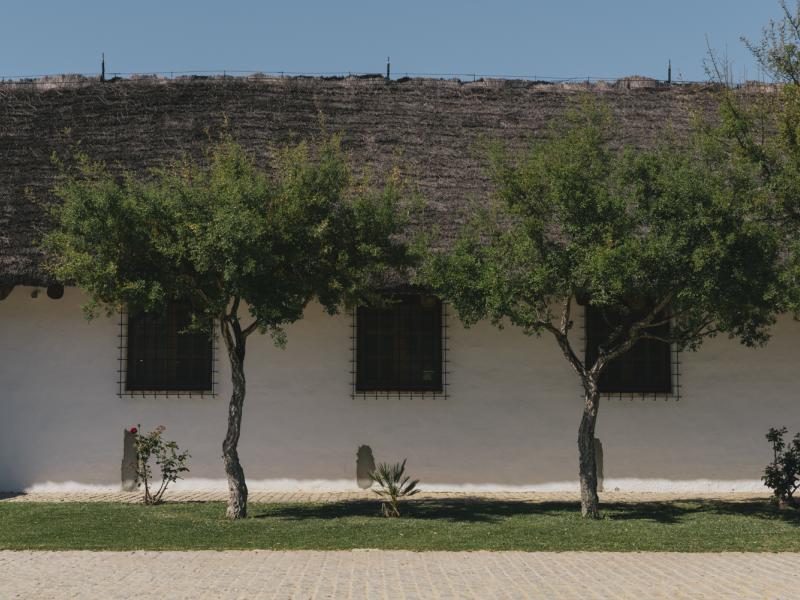
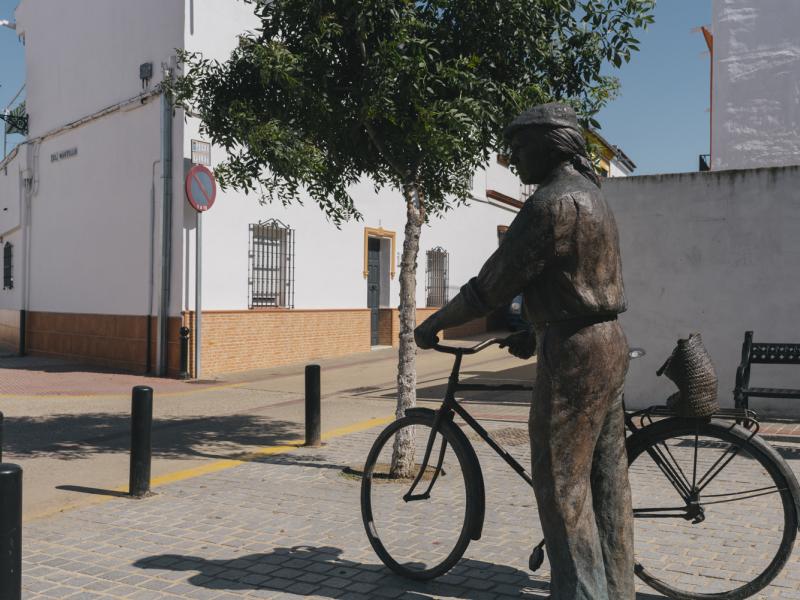
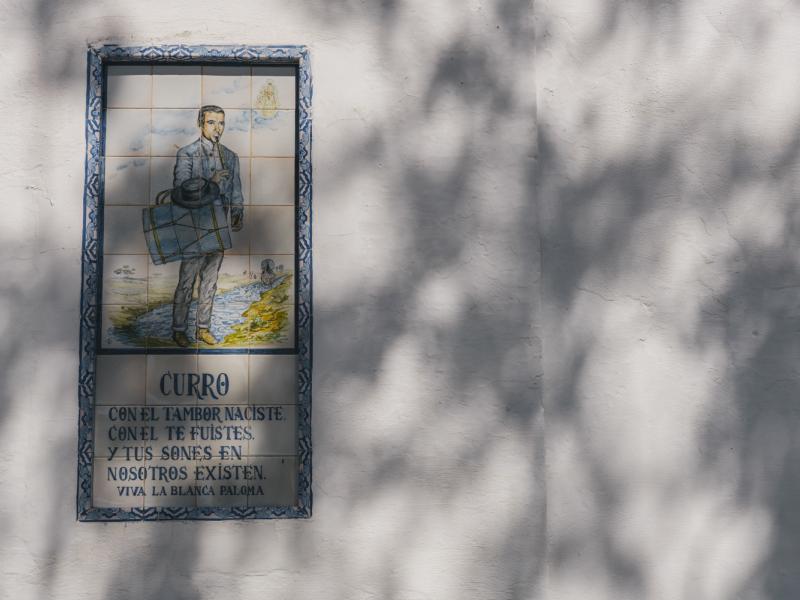
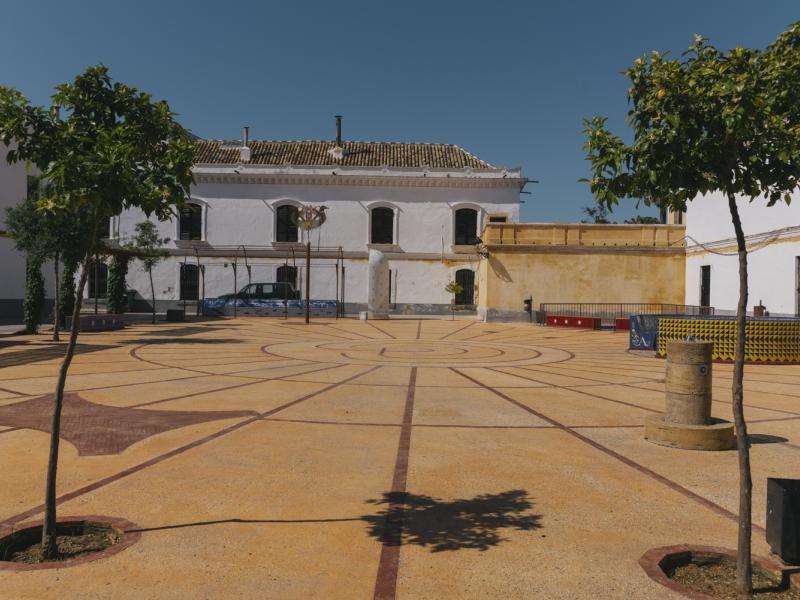
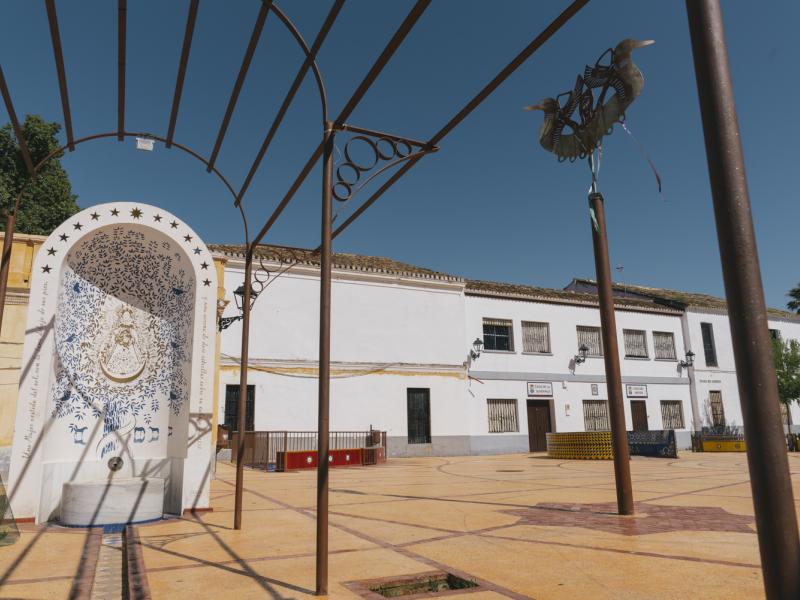
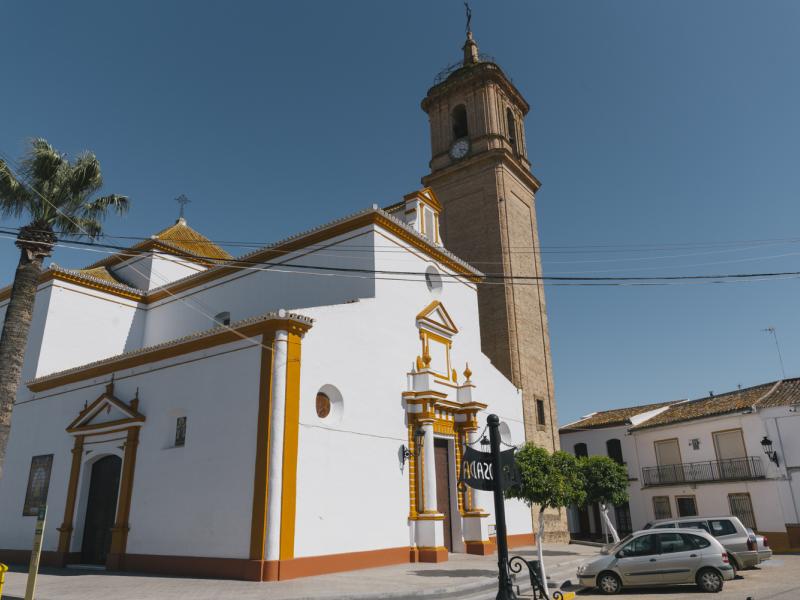
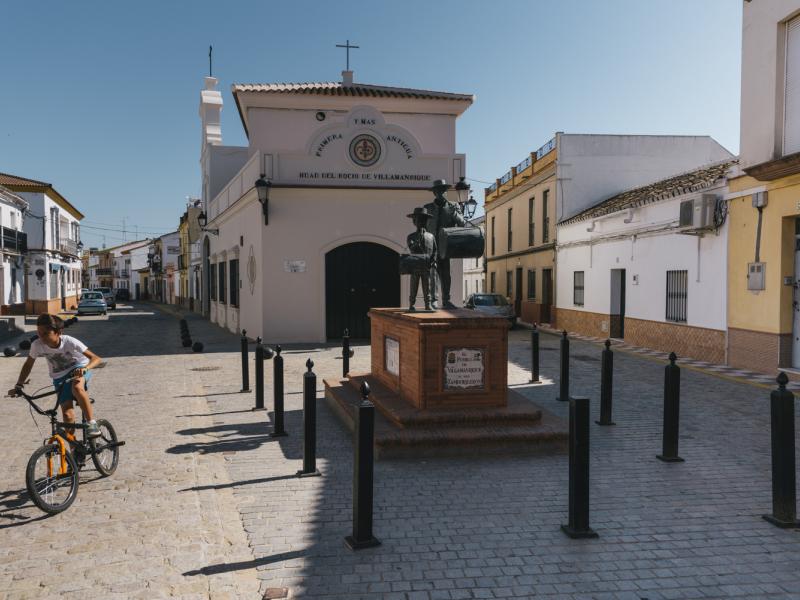
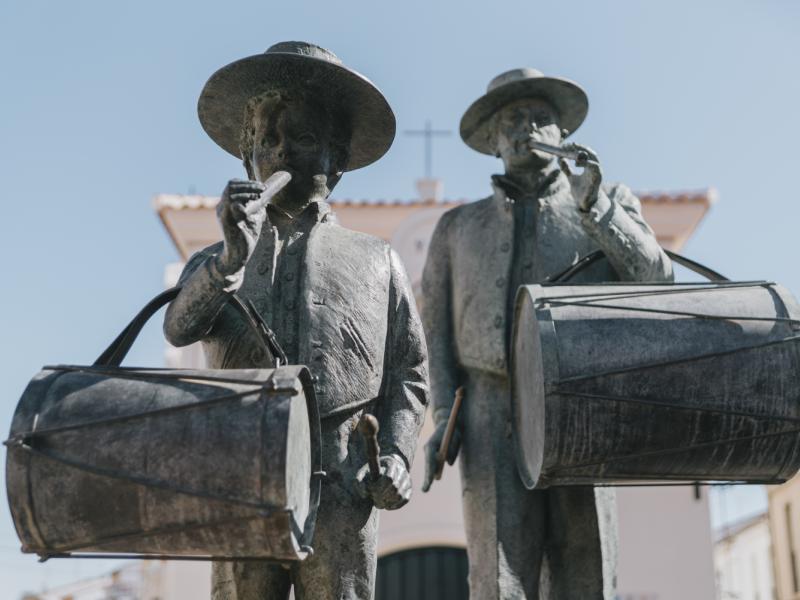
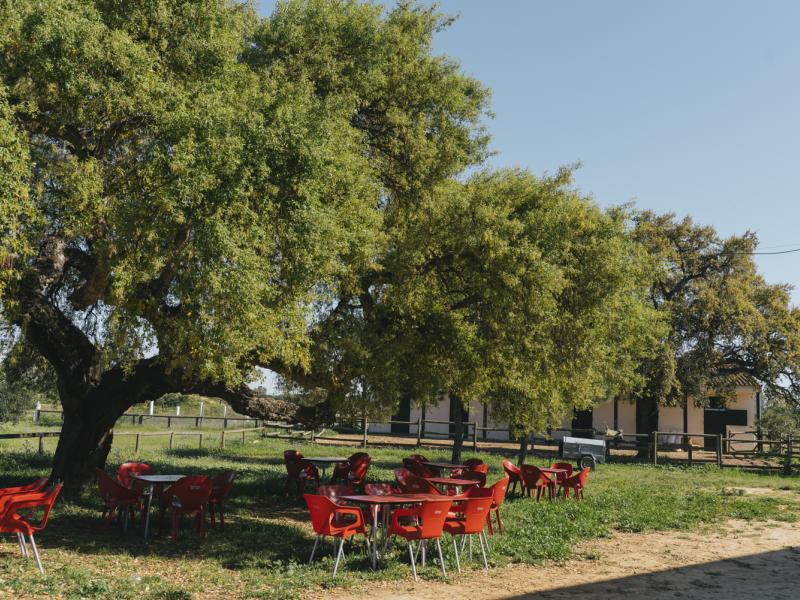
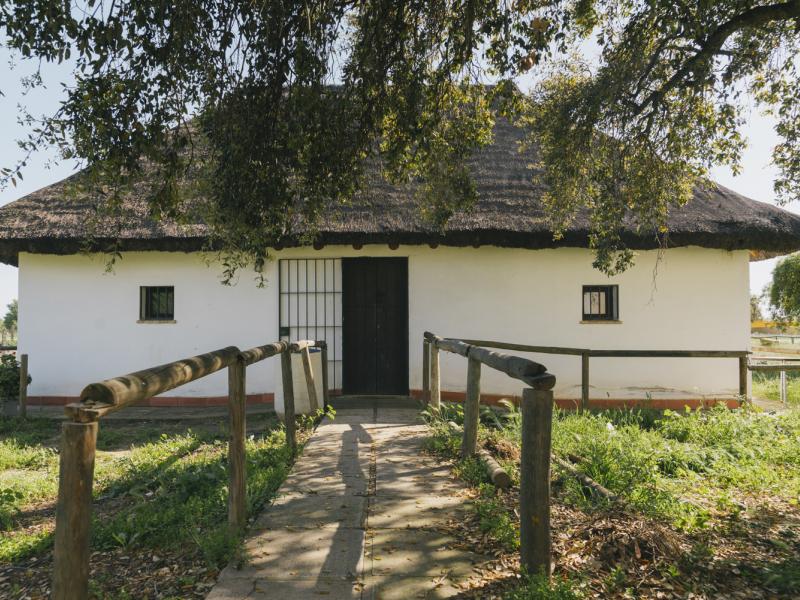
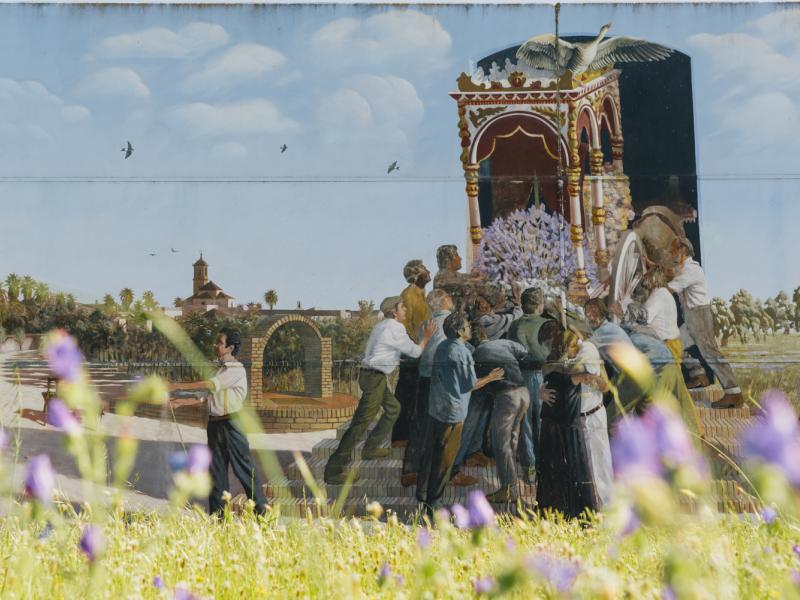
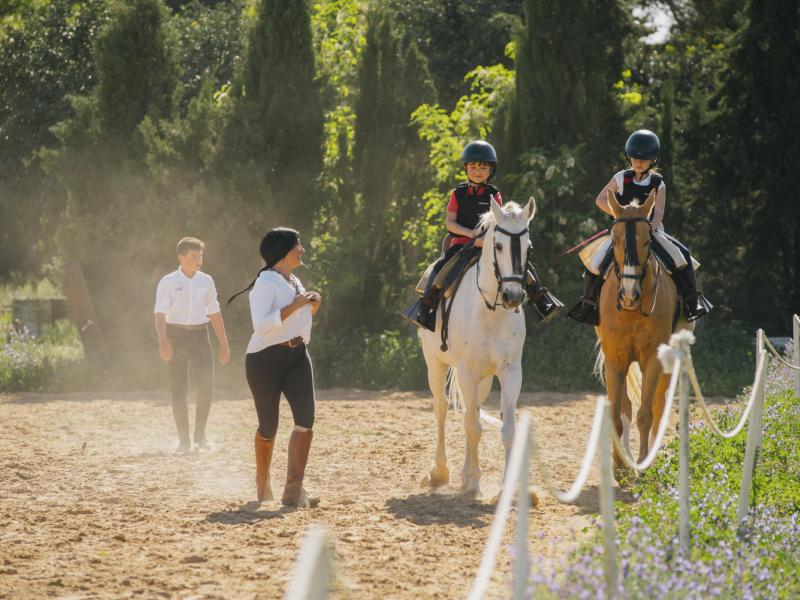
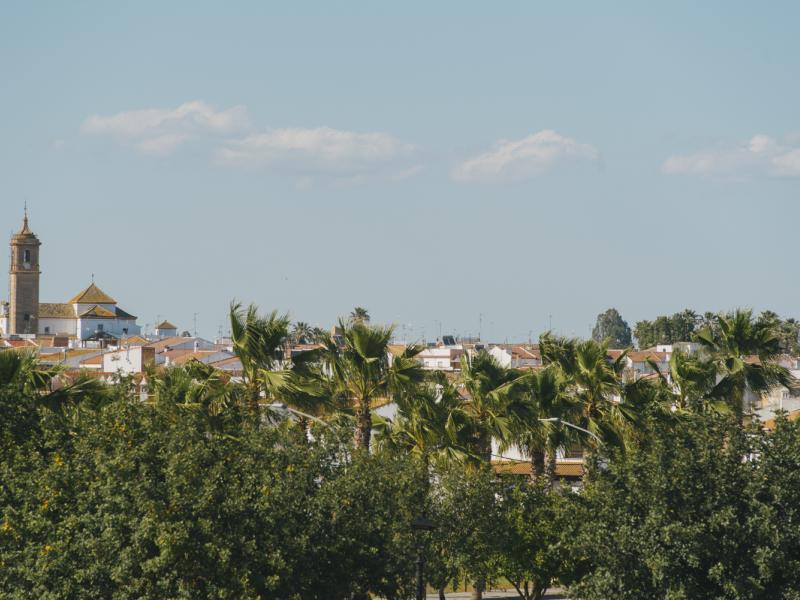
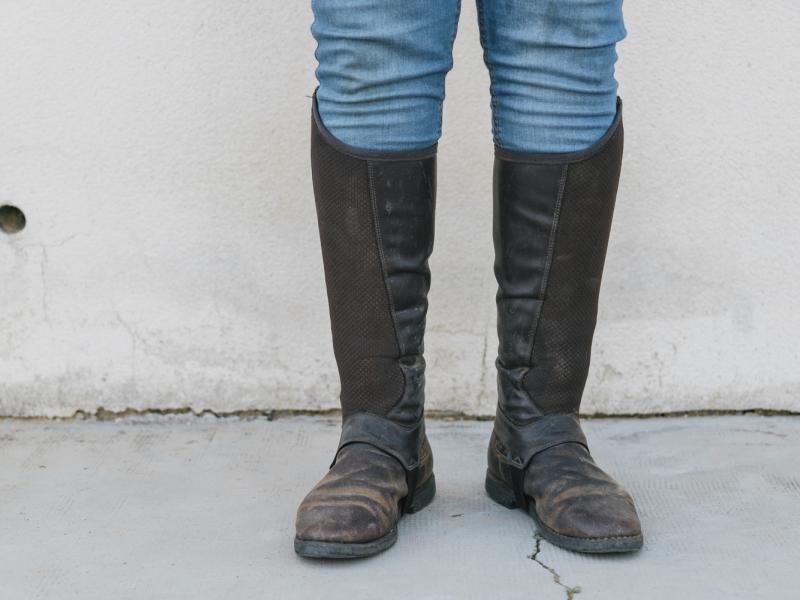
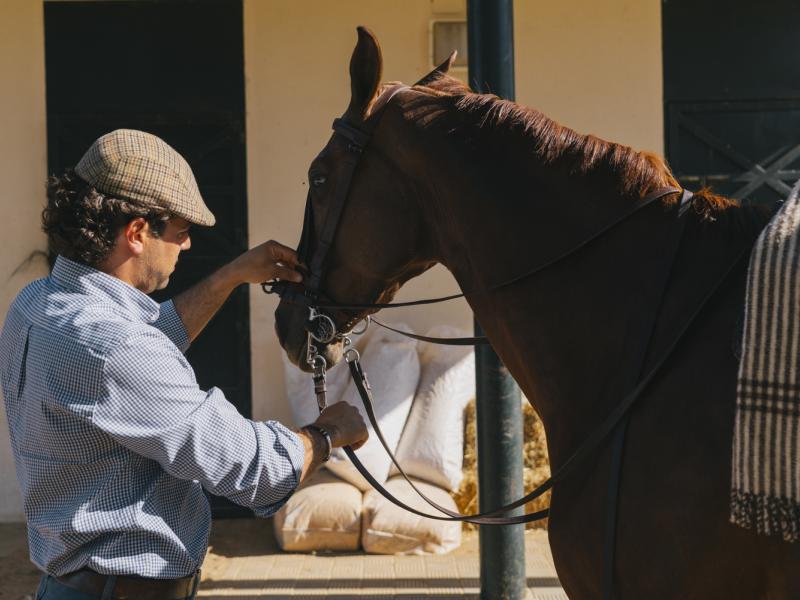
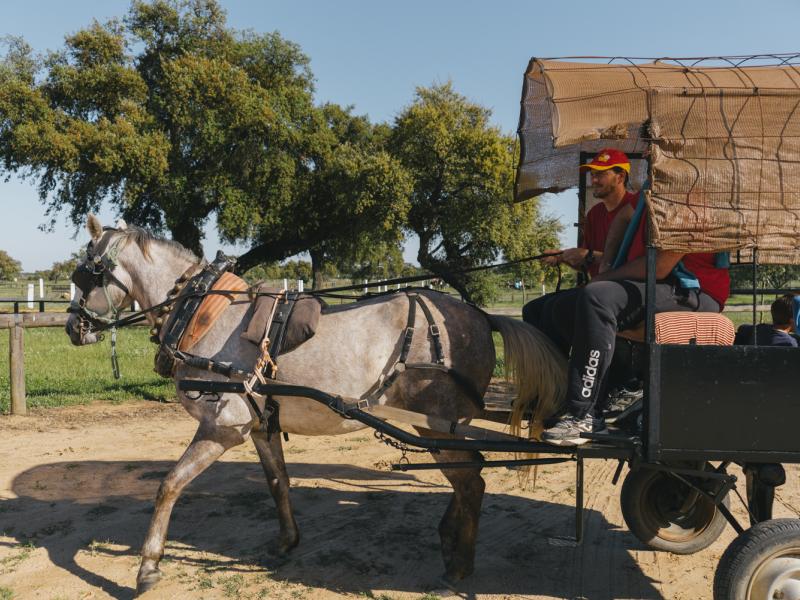
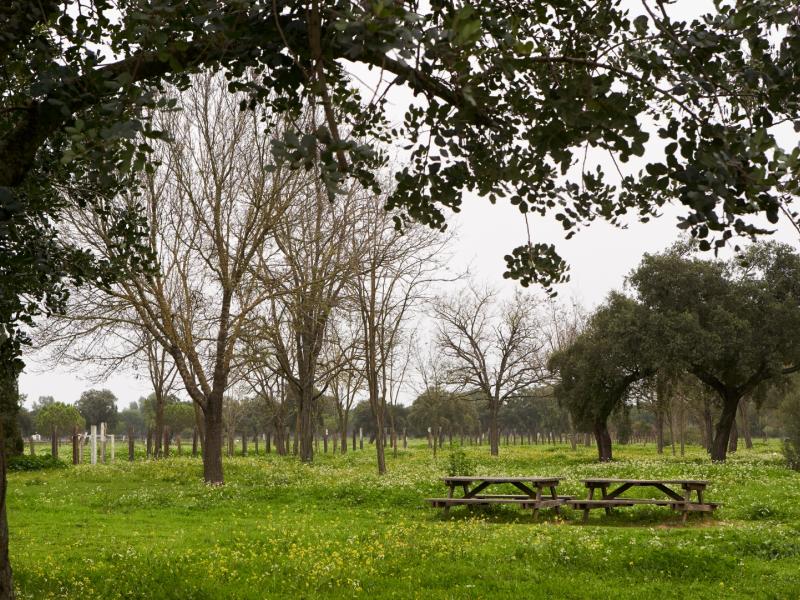
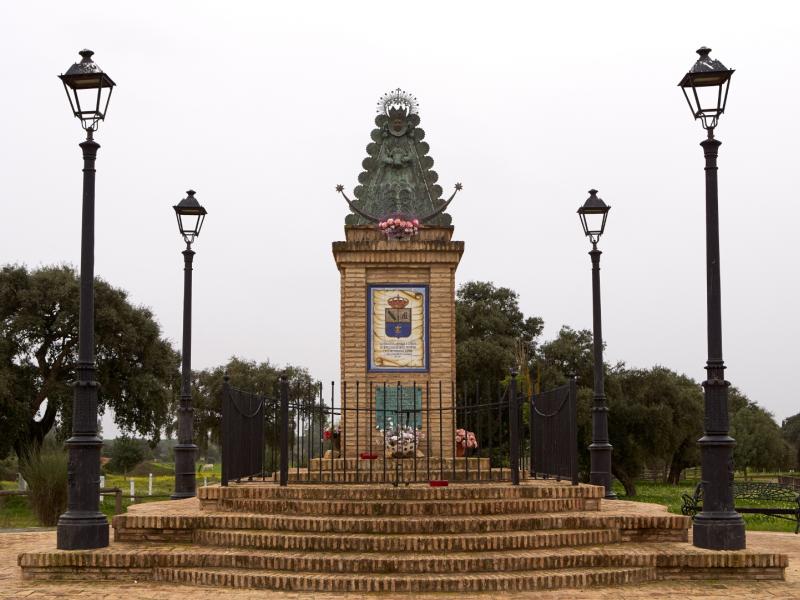
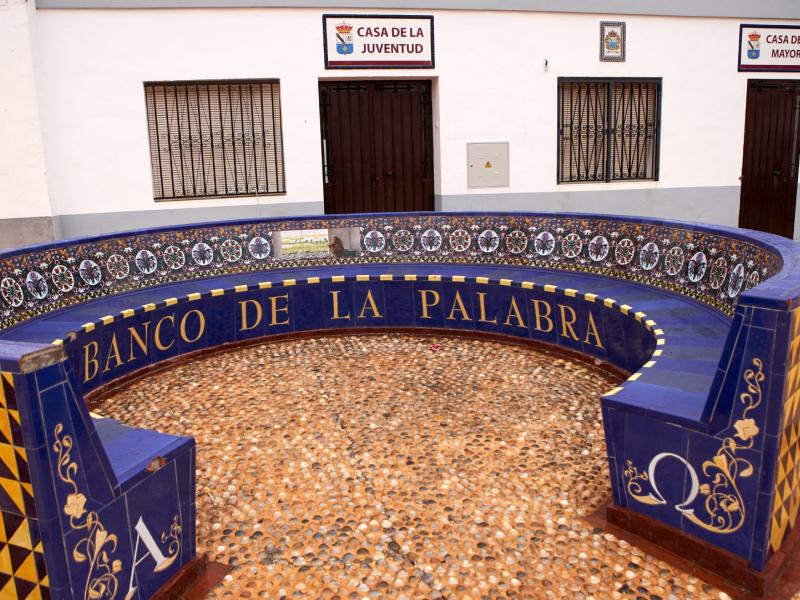
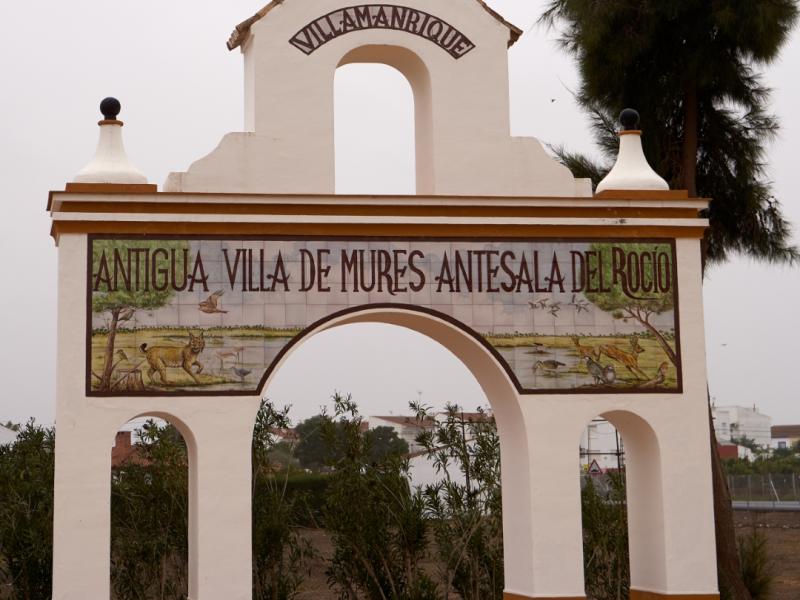
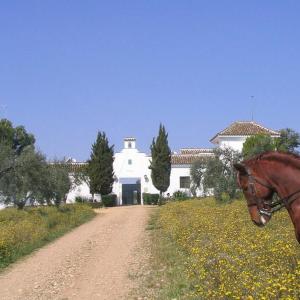
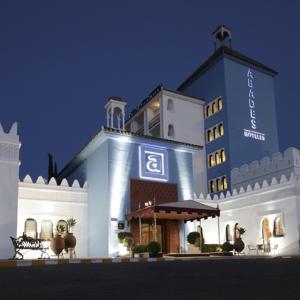
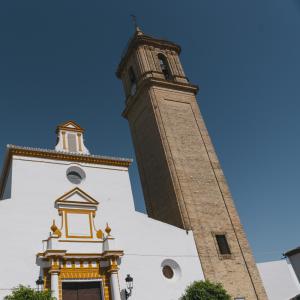
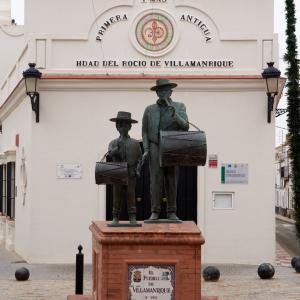
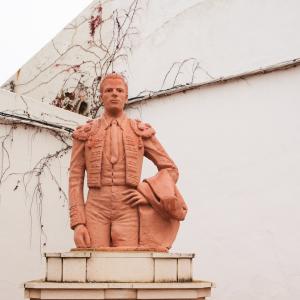
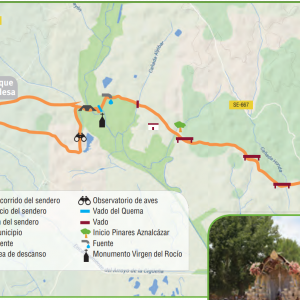
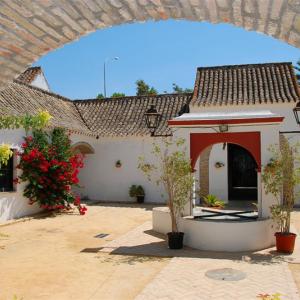
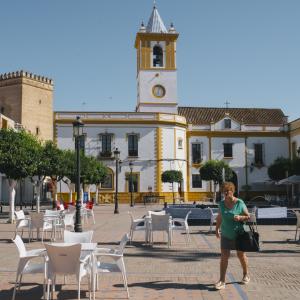
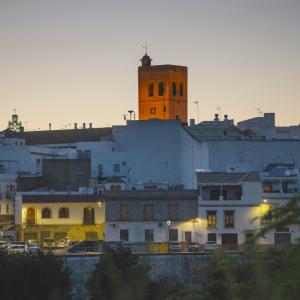
0 comments
New comment
The comments are moderated, so it takes a while to appear. If they contain offensive language they will not be published.